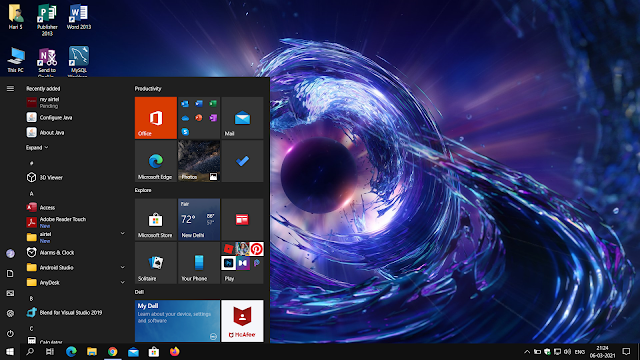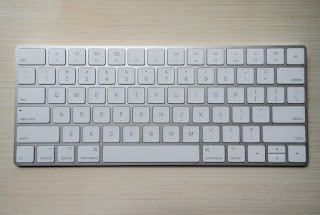Resilience
RESILIENCE
Three Tech Lessons for Sustainability and Resilience from COVID-19
Among the global problems caused by the COVID-19 eruption, there is also a place for brightness: as the world relies on prolonged locks on homes and cities, Mother Nature is enjoying a break from some human pollution, while reducing fossil fuel use, air pollution and greenhouse gas emissions.
In addition to changing the environmental impact,
The current health crisis has shed light on how the world should reconsider the way we plan to better protect people in times of crisis and keep cities safer for future generations and prepare our cities. Three results have come to the fore.
Teamwork makes the dream work
Over the past few months, we have seen the world unite to combat the effects of the corona virus. From staying at home to sharing new health solutions, people around the world have worked together to protect each other. The same mindset can be diverted to face other global challenges, including climate change.
Global locks have pushed humans into a period of innovation, despite obstacles from many angles - and anxiety when we face significant consequences - showing that the world can work together to find solutions.
Effective regression prepares us
The technologies on display at CES® show that regression is more than just feedback and recovery. Readiness is also important in ensuring that countries and municipalities can face crises safely and securely.
The COVID-19 eruption has exposed the limitations of current technologies. And many have exposed the need for responsive and reactive business models. Furthermore, by understanding and analyzing crisis-related data, and the need to solve the problems they find, technology can help innovators develop technologies and design cities that leaders are always ready to highlight.
Access to information should be global
Access to information is especially important for underprivileged and vulnerable communities, especially in times of crisis. In rural communities where access to health and resources is very limited, listening to government recommendations and guidelines can help reduce stress and difficulties.
Extensible data sharing sites for these lesser communities can help transfer data to populations that need information and collect data to inform city officials about immediate resource needs.
The Corona virus novel has forced all of us to adapt in many ways, and this has accelerated innovations in various markets. It leads to many positive changes, shows the potential for improvements in the way we live and work, and shows how we can create a safer world.
Launching Innovation for 50 Years and Counting
1960s
Panasonic showed off its latest television at CES 1969.
In the summer of 1967, the Consumer Technology Association (CDA) then introduced the Electronic Industries Association, the first CES11 with 117 exhibitors and keynote speaker Motorola President Bob Calvin.
Featuring powerhouses such as the Panasonic, the first CES showed technologies such as transistor radios, stereos and black and white televisions.
1970s
At CES 1974 participants were greeted by a robot.
Although the world was mesmerized by the bell-bottom band and The Brady Punch, CES moved into the 70s showing off the latest technology of the decade. TVs, turntables and stereos filled the show floor.
In 1970, VCR was launched at CES, sparking a change in the way viewers ingested video content, and a robot welcomed participants to the CES 1974 event site.
CES began to attract computer makers, including Apple, in the late 1970s.
1980s
1980 CES
Today's popular video games also revealed their identity in the 1980s.
Big hair, shoulder straps and MTV stormed the world in the 1980s, and the rise of home entertainment led to a wave of new video technologies on the CES show site.
Before emails and personal computers entered the workforce, home office products, such as those on display at CES 1985, changed lives more efficiently. The wireless telephone revolution at CES 1989 brought about a change.
1990s
1990 CES
The start of flip phones on display at CES 1996.
The 1990s ushered in some of the beloved technology we still use today. Some of the most notable CES product announcements of CES in 1990s included the DVD and high-definition television.
CES 1993 saw Casio launching its personal digital assistant XL-7000, part of the miniaturization popular in the tech industry then. At CES 1996, attendees raved about the new Motorola StarTac, the first flip phone on the market. And CES 1997 exhibitor AOL was en route to bringing early internet service to life.
2000s
CES 2000
Honda unveiled is Asimo robot at CES 2007.
Internet gaming is introduced at CES 2001 by Microsoft and Sony, and entertainment is brought to life with the debut of the Blu-ray Disc and HDTV DVR at CES 2003 and 3D HDTV at CES 2009.
Plasma display panels on display at CES 2006 redefined how thin technology could be, and CES 2007 showed off breakthroughs in robotics and intelligent machines.
2010s
Eureka Park 2020
CES 2011 began with the introduction of integrated televisions, smart devices, the Android Honeycomb, Ford's Electric Focus, Motorola Atrix and more.
Launched in 2012, Eureka Park, CES 'exclusive launch site, also marked the launch of CES Asia.
Companies like John Deere and Impossible Foods showed how CES 2019 upstairs technology has made its mark in all aspects of our lives.











Comments
Post a Comment